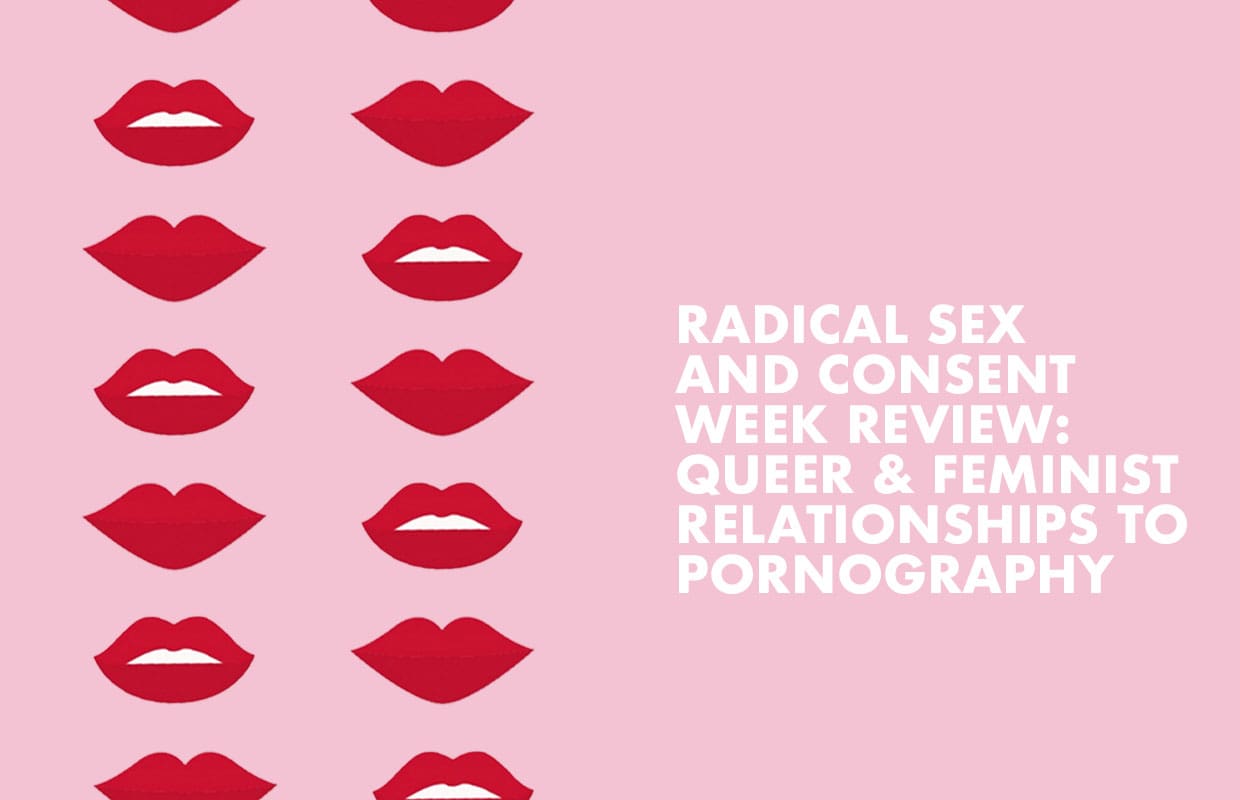It is a fallacy that all feminists agree with each other, and the complexities and controversies surrounding queer and feminist relationships to pornography are no exception. Grace Sharkey, a graduate student undertaking postgraduate research in the Gender and Cultural Studies Department at USyd, explored these ideas frankly during Radical Sex and Consent Week, engaging students in an insightful discussion around the deeply polarising ‘sex wars’, its legacy today, and the arguments raised by opposing sex-positive anti-censorship liberal feminists and anti-porn radical feminists.
Does pornography sabotage people’s lives and their interpretations of sex? Is pornography inherently misogynistic? To the school of radical feminists led by the famed Andrea Dworkin, the answer is yes. Sharkey, however, argues that misogynistic ideas about pornography can be challenged with proper sex education. She believes that it is a misconception that women always automatically identify as the subordinate, bottom figure who are possessed by men in the text. Rather, “pornography is a dialogue between you and the text,” Sharkey remarks, where “viewers identify with the whole scene”. She likens viewers’ experiences of pornography to those of movie consumers. “There are all kinds of pornography within the medium,” she reflects, but “your identity is processed by what you choose to watch”.
On the other end of the feminist spectrum, sex positive liberals such as renowned feminist pornography director and performer, Madison Young, believe it is their job to create a safe space for authentic sexual connection and pleasure through documentary work. Young argues that queer and feminist pornography is self-validating, and that the pornography aspect is incidental to the exploration of queer and female sexuality on their own terms. Sharkey explains that queer and feminist pornography has been misunderstood as a type of pornography created for a women audience, yet these forms encompass so much more. It is about empowering viewers through a depiction of authentic female, LGTB and queer sexuality, rather than propagating the stereotypical fantasies of straight young white men. Feminist and queer pornography is “embedded in a larger cultural and political landscape of diversity”, she muses. “It’s about realising that the bodies and races of performers are as diverse as their hair colours and styles. It’s about letting you see yourself on screen.”
By the end of Sharkey’s thought-provoking event, the audience was left to ponder the myriad forms of feminism, and the controversial and manifold nature of feminist and queer pornography. Sharkey concluded on a note of self-reflection: “Let’s remind ourselves that there is no wrong way to be a feminist. Feminists will often get it wrong — it is a constant process of understanding”.
Content note: Some Rad Sex coverage uses language that reinforces the gender binary to reflect the content of reviewed events. Honi understands that this does not represent the identities of all our readers.





